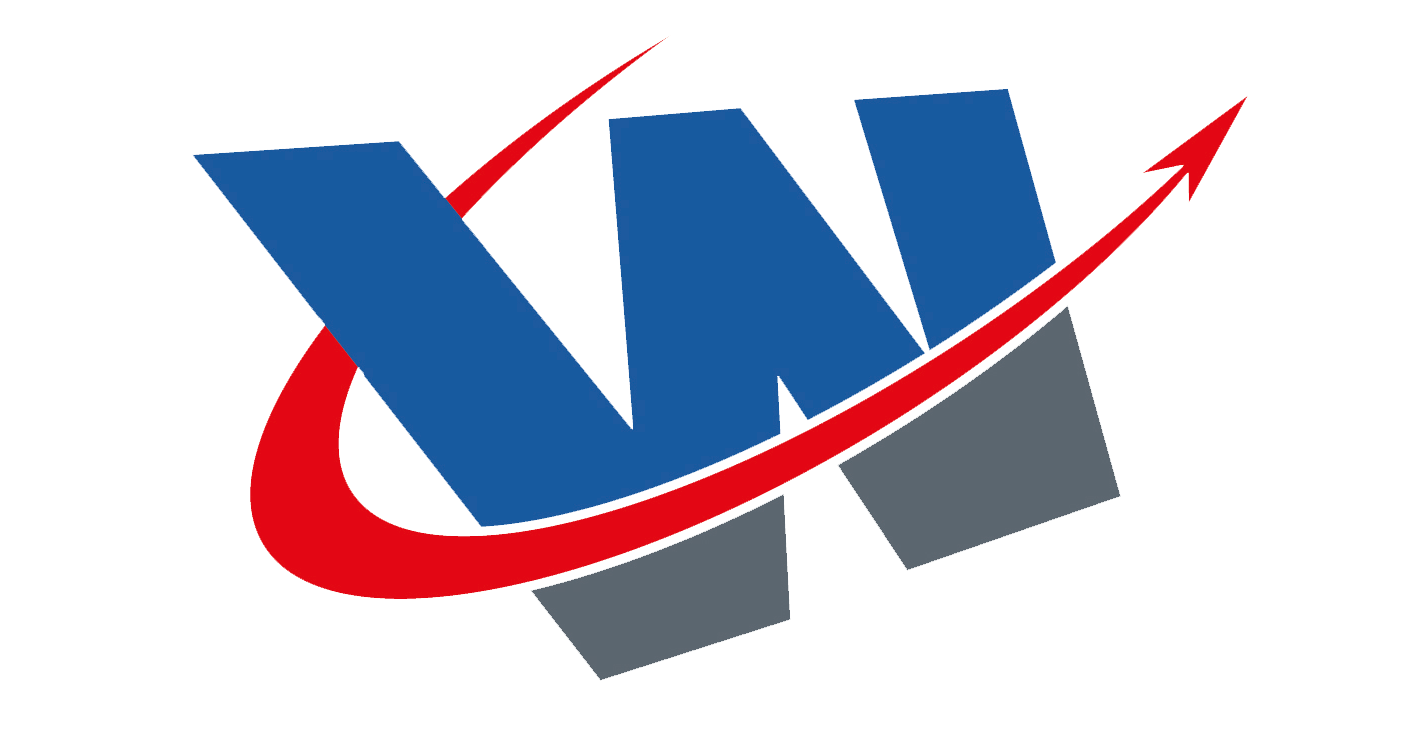Title Page
-
Conducted on
-
Prepared by
-
Location
LEAD WORKERS TBT
-
Prepare Location? Distractions? Talk aids?
Reason There are particular hazards and legal obligations associated with working with lead
Outline This talk will cover what you need to think about when working with lead.
What do employers have to do?
Assess the risk
Make a suitable and sufficient risk assessment.
Identify and implement control measures.
Record the significant findings of the risk assessment.
Ensure high standards of personal hygiene
Provide suitable and sufficient washing facilities.
Provide clean areas for employees to eat and drink.
Place employees under medical surveillance if exposure is ‘significant’ e.g. blood tests
Undertake regular biological monitoring of the level of lead in blood or urine to detect any absorption of lead.
If the action level is reached or exceeded an employer must:
• Carry out an urgent investigation to find out why.
• Review control measures.
• Take steps to reduce the employees blood-lead concentration below the action level, as far as is reasonably practicable.
If the concentrations of lead in blood or urine reach the suspension level employees should be taken off any work which exposes them to lead, to prevent the risk of lead poisoning.
Provide employees with information, instruction and training.
Employees should be provided with information, instruction and training including:
• The possible risks to health of exposure to lead.
• Details of the appropriate occupational exposure limit for lead and the action and suspension levels.
• The results of the risk assessment.
• The appropriate precautions and actions they should take to protect themselves and others from the effects of exposure to lead.
• The results of any personal air monitoring or biological monitoring that relate to them personally
Your body absorbs lead when you:
• Breathe in lead dust fume or vapour
• Swallow any lead for example if you eat, drink, smoke or bite you nails without washing your hands and face.
What you should do to protect your health
• Make sure you have all of the information and training you need to work safely with lead
• Use all of the equipment provided by your employer and follow the instructions for use
• Make sure all protective equipment fits correctly and is in good condition, mandatory disposable coveralls to be worn when working with lead, when finished put in bin bag and bring back to yard for disposal
• Keep your immediate work area clean and tidy
• Clear up and get rid of any lead waste at the end of the day
• Do not take home any protective clothing or footwear for washing or cleaning
• Wear any necessary protective equipment or clothing and return it to the proper place provided by your employer
• Report any damaged or defective equipment to your employer immediately
• Only eat and drink in designated areas that are free from lead contamination
• Keep any medical appointments with the doctor where you work
• Practice a high standard of personal hygiene:
• Wash your hands and face and scrub your nails before eating
• Wash and/or shower before you go home
Hot Works
If hot works are required a fire extinguisher MUST be to hand at all times.
• Comply with any hot work permit requirements
• Allow sufficient time to check for smolder
Name
-
Sign















